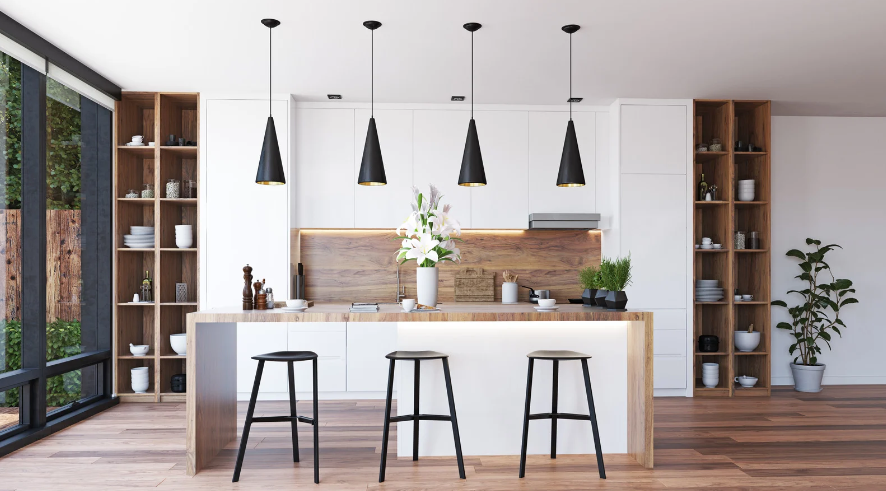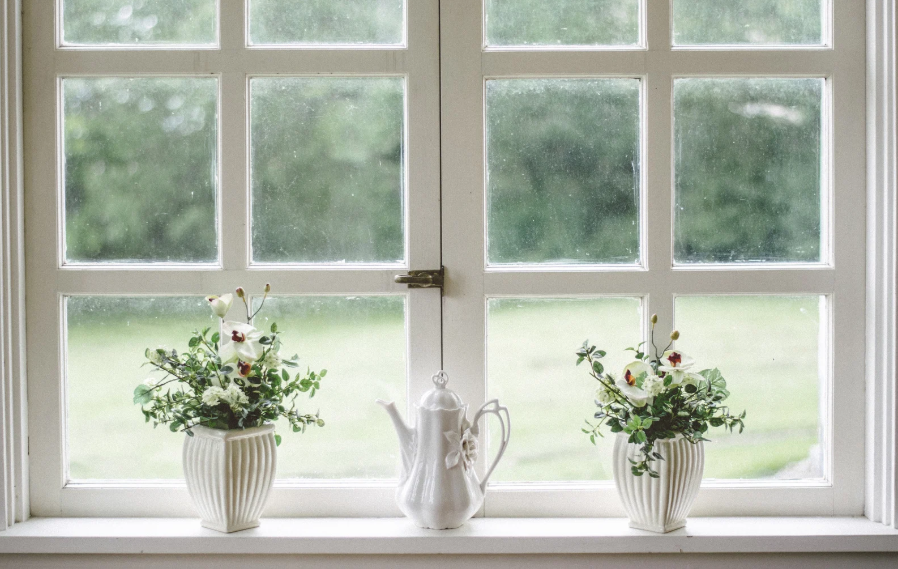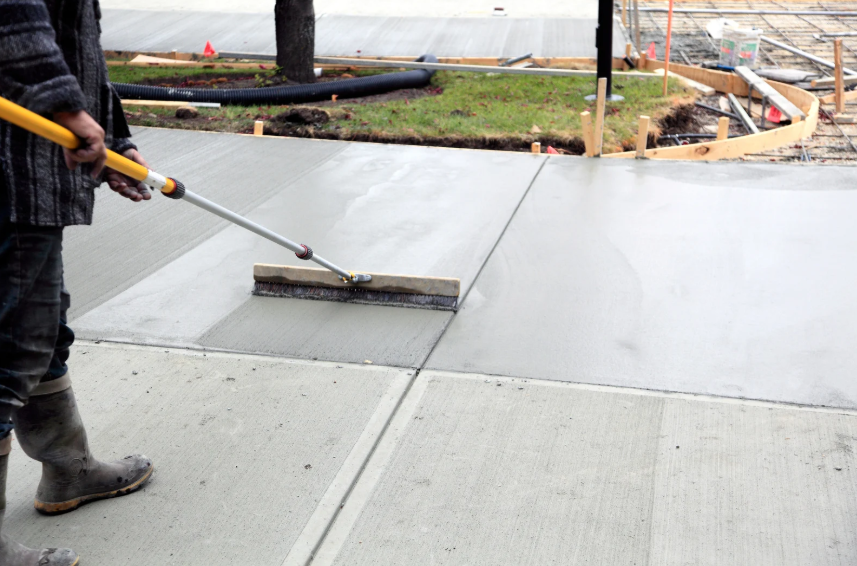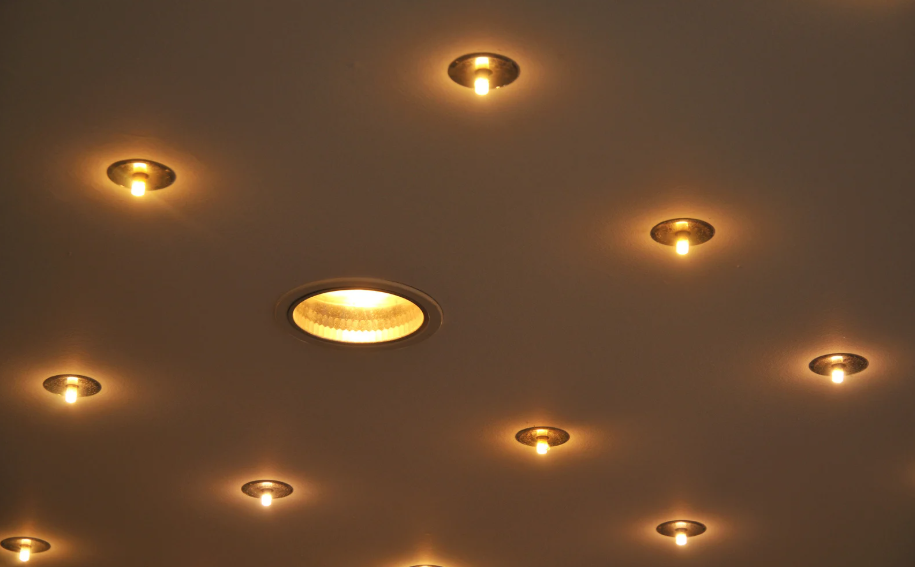Tile Talk: Tips for Perfect Kitchen and Floor Tiling
- By Faseeh Blackloup
- •
- 15 Nov, 2024
- •

Creating the perfect tiling for your kitchen and floors can transform your home's aesthetic and functionality. Whether you're seeking a fresh, modern look or a timeless classic style, tiling provides versatility, durability, and style. The process, however, demands attention to detail—from material selection to installation techniques. Here are expert tips from Jeff's Home Improvement for flawless kitchen and floor tiling.
Start with a Vision
Creating a vision board or selecting inspirational images can help solidify your preferences and guide your material choices. Jeff’s Home Improvement recommends aligning your vision with your lifestyle: consider ease of cleaning, durability, and staining resistance, especially in high-traffic areas like the kitchen and main living areas.
Choose the Right Type of Tile
When choosing materials for kitchen tiling services or floor tiling, consider the demands of each space:
Ceramic Tiles: These are affordable, easy to clean, and come in many styles. Ceramic is ideal for kitchen backsplashes but may need sealing to protect against moisture.
Porcelain Tiles: These are more durable than ceramic and resist moisture, making them suitable for kitchen and bathroom floors.
Natural Stone: Marble, granite, and travertine add a luxurious feel but require regular sealing and maintenance. Stone works well for high-end finishes but is pricier and may only suit some budgets.
Vinyl or Linoleum Tiles: These are budget-friendly and easy to install, though they may lack the longevity of ceramic or porcelain. They are often used in less-trafficked areas or as a temporary solution.
Consider the specific needs of your kitchen versus the main floor. Floor tiling in high-traffic areas should be incredibly durable and slip-resistant.
Measure Twice, Buy Once
Create a Practical Layout
For both kitchen and floor tiling, designing an efficient layout is essential. A well-planned layout:
Increases Visual Appeal: Align tiles to create a continuous flow or choose a pattern that enhances the room’s design. For instance, subway tiles in a brick pattern provide a classic look, while diagonal layouts can make a room appear larger.
Reduces Waste: By planning cuts and edges, you can reduce the number of small or irregular pieces.
Ensures Symmetry: Centering tiles or starting from a focal point, such as the kitchen backsplash or the main entrance, gives your project a polished finish.
Prioritize a Strong Foundation
For kitchen tiling services and floor tiling, a sturdy base is critical. An unstable or uneven subfloor will cause tiles to shift, crack, or pop up over time. Ensure that the subfloor is clean, flat, and structurally sound. For certain tiles, like natural stone, additional support may be necessary.
Installing underlayment can help reduce movement, improve tile adhesion, and protect tiles from moisture. Consulting with Jeff’s Home Improvement can be beneficial, as they can assess your subfloor condition and recommend necessary preparations for long-lasting results.
Select the Right Adhesive and Grout
Not all adhesives and grouts are created equal. Choose adhesives that match the type of tile and the location:
Thin-Set Mortar: Common for floor tiles due to its strong bond and water resistance.
Mastic Adhesive: This is quick-setting and easy to use, often preferred for kitchen backsplashes.
Similarly, grouts come in various types and colors, impacting both aesthetics and maintenance:
Sanded vs. Unsanded Grout: Sanded grout is ideal for floors, where larger grout lines are standard, while unsanded grout is better for walls.
Epoxy Grout: It is highly resistant to stains and moisture, making it perfect for kitchens and bathrooms. However, it is generally pricier.
To keep grout lines looking fresh, consider a darker color for floors to hide dirt and lighter colors for walls to brighten spaces.
Perfect the Installation Process
Installation is where planning and preparation pay off. Here are a few tips to ensure precision and quality in your kitchen and floor-tiling projects:
Dry Layout: Lay out tiles without Adhesive to confirm your design, identify necessary cuts, and make adjustments.
Cutting Tiles: Invest in a quality tile cutter for straight lines or a wet saw for intricate cuts. Accurate cuts reduce waste and create a professional finish.
Applying Adhesive Evenly: Use a notched trowel to spread Adhesive in straight lines, ensuring each tile adheres securely.
Spacing and Leveling: Tile spacers ensure uniform grout lines, while leveling clips help prevent tiles from shifting during drying.
For intricate designs or larger spaces, consulting with professionals like Jeff’s Home Improvement can guarantee flawless installation and save you time.
Seal and Maintain for Longevity
After installation, sealing both tiles and grout protects against stains and moisture. Regular sealing is particularly important for porous materials like stone or unglazed tiles. Clean tiles regularly to maintain their beauty and longevity, and check for loose tiles or cracks that need repair.
Avoid abrasive cleaners, as they may damage tiles or grout. Simple maintenance routines will keep your kitchen and floor tiling looking new and protect your investment.
Consider Hiring a Professional
Tiling projects, especially for high-traffic areas like the kitchen or large spaces, can only be challenging with professional expertise. Jeff’s Home Improvement offers comprehensive kitchen tiling services and floor tiling solutions tailored to meet your needs. Professionals can ensure:
Proper tile selection and layout for each space
A sturdy foundation and precise installation
Recommendations on grout and sealants to protect your tiles
Efficient project completion that saves time and reduces stress
Hiring experts minimizes mistakes, delivers a professional look, and extends the life of your tile investment.
Enhance with Finishing Touches
Finally, complement your new tile with thoughtful finishing touches like trim, moldings, or decorative accents. Trim pieces help complete edges or transitions, especially where tile meets other materials like wood floors. Decorative tiles or a border pattern add a unique touch and can elevate the look of your space.
Conclusion
With these tips, you can achieve a flawless kitchen and floor-tiling project that enhances your home's aesthetics and functionality. Tiling requires thoughtful planning, quality materials, and precise execution, which is why Jeff’s Home Improvement expertise can make all the difference. From selecting the perfect tile to ensuring a professional finish, their kitchen tiling services and floor tiling expertise provide everything you need for a successful makeover. Embrace the transformation and enjoy the lasting impact of beautifully tiled spaces in your home.












